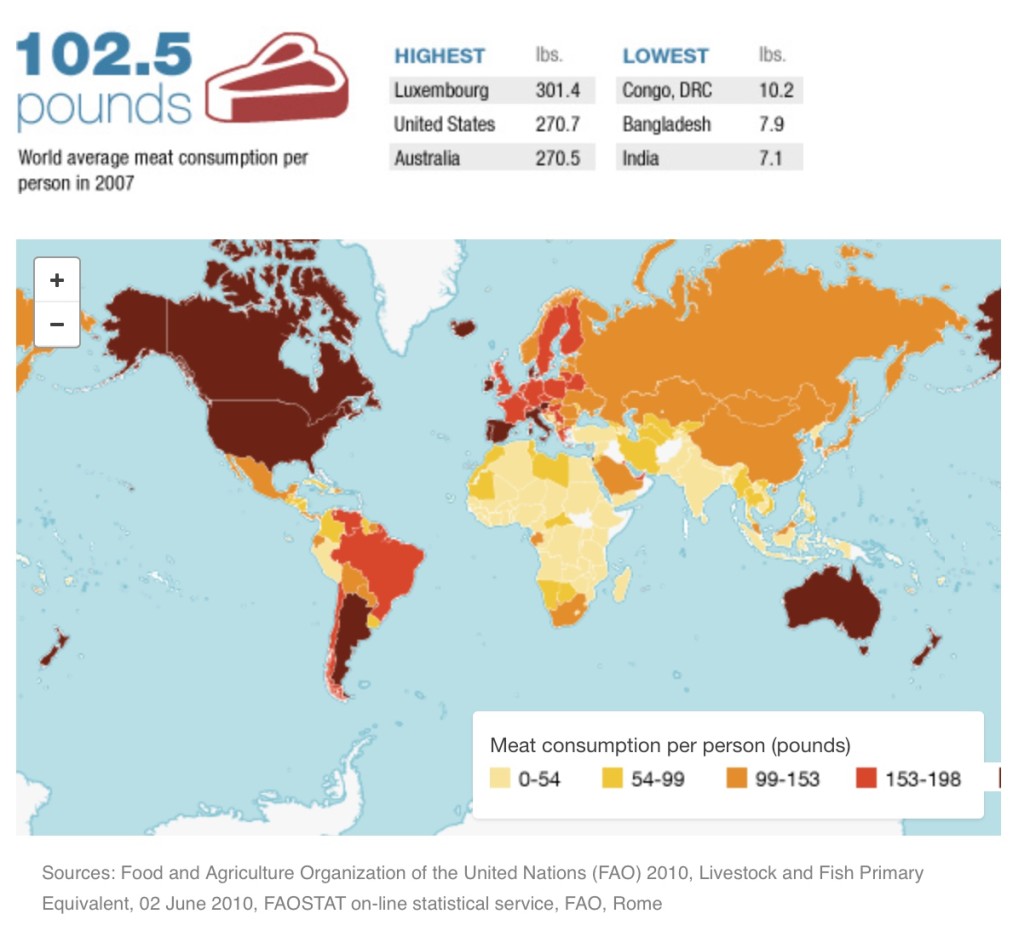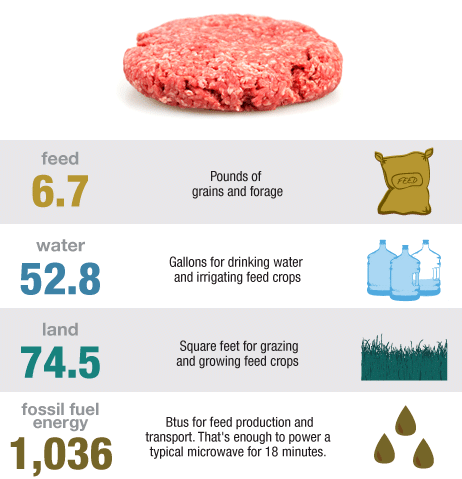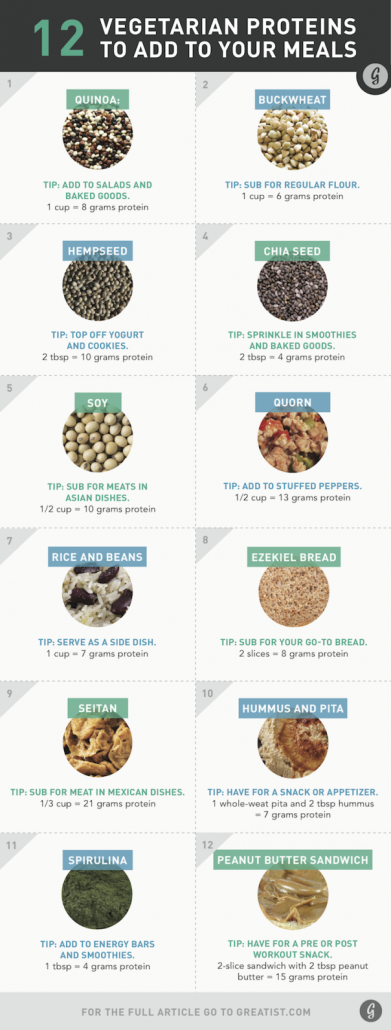Do tampons cause cancer?
The use of glyphosate, a broad-spectrum herbicide more commonly referred to as Roundup, is coming under fire yet again. It’s environmental impact in 160 countries is raising questions as to its safety. According to a U.S. Geological Survey, farmers in the U.S. have sprayed 2.6 billion pounds of Monsanto’s glyphosate herbicide on agricultural land between 1992 and 2012.
How do tampons cause cancer?
The potential dangers this herbicide has on farmers and the food they produce for our consumption is alarming. The staggering number of products that have been proven to contain glyphosate is also concerning. The National Pesticide Information Center reports that “There are over 750 products containing glyphosate for sale in the United States”. Our skin is the largest organ of our bodies, and highly permeable. Preservatives, pesticides, fragrances and dyes can be transferred through our skin and mucous membranes and contribute to our toxic load. The World Health Organization (WHO) concluded glyphosate is “probably carcinogenic to humans.”
As women we must address the feminine hygiene products we use monthly that increase our exposure to glyphosates and other questionably unsafe chemicals. Feminine hygiene products are marketed and sold with little to no data as to the ingredients contained with in them. Tampons and pads are considered medical devices per the Food & Drug Administration (FDA). For this reason manufacturers are not required to disclose their ingredients. This makes it is nearly impossible for consumers to know what is in the products they are using.
Dr. Damian Marino, a member of the Socio-Environmental Interaction Multidisciplinary Space (EMISA) UNLP reported that, “According to a recent study out of the University of La Plata , 85 percent of all samples of tampons tested positive for glyphosate, and 62 percent also tested positive for AMPA, the environmental metabolite.”
On average a woman will use approximately 17,000 sanitary care products in her lifetime. We know that the skin and mucous membranes are highly permeable, we also now know that there are chemicals in the feminine hygiene products we use monthly, what we did not know until now is that, “The chemicals absorbed through the vagina are easily and effectively distributed throughout the body, without being metabolized. For example, when estrogenic drugs are administered vaginally, the resulting systemic levels of the drug in the body can be 10-80 times higher than when the very same dose is given orally.” as reported by a Chem Fatale Report outlining the potential health effects of toxic chemicals in feminine care products. This means the glyphosate laced tampons we have been using could be spreading carcinogens, reproductive toxins, endocrine disruptors, and allergens through the permeable mucus membranes of the vagina at dangerous levels.
When researching the issue “do tampons cause cancer?” It is important to know how we can reduce our risk.
- Read the labels.
- Go organic. Order organic tampons by clicking here.
- Reduce the use of unnecessary feminine products.
- Use unscented and unbleached products.
- Consider using applicator free tampons.
- Try reusable menstrual pads and cups.
If you have been adversely affected or to voice your concern contact the FDA by calling 1-800-332-1088 or fill out a consumer report form.
Two products that I personally recommend are:
THINX | Period Panties For Modern Women and
Organic tampons from The Honest Company
(You can order these products by clicking on the above links).





